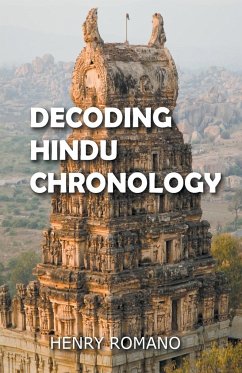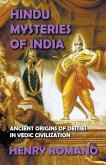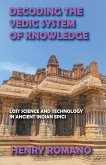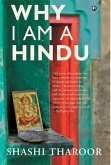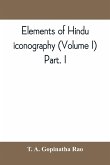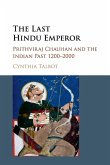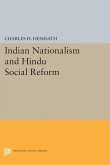Since ancient times, the Hindus have had a lunisolar cycle based on the combination of solar and lunar years, determined by the course of the sun and the moon, but with the lunar year beginning near the solar year. Exactly how their earliest Calendar was arranged remains a mystery. Our focus is on the current form of their Calendar, developed around 400 under the influence of Greek astronomy and introduced into India at no long time. There are two kinds of Hindu years, solar and lunar. To understand the lunar Calendar, we will first explain the solar year, which governs the lunisolar system. Bengal, including Madras's Orissa, Tamil, and Malayalam districts, used solar years for civil purposes. General religious rites and festivals are regulated by the lunar year and the details of private and domestic life, such as choosing auspicious occasions for marriages and journeys, choosing lucky moments for shaving, etc. Almanacs that follow the lunar year contain details about the solar year, such as the sun's course through the zodiac signs. Despite following the solar year, almanacs include lunar year details. The astronomical solar year determines the civil solar year. According to the latter, the Calendar begins at the vernal equinox but actually starts at the vernal equinox. Because of the rotation of the equinoxes, in Western astronomy, the zodiac signs correspond to the astronomical solar because they are drawn away extensively from the constellations from which they derive their names. Therefore, the sun now comes to the vernal equinox, before the beginning of Aries, not in the constellation Aries but at the end of Pisces. From (A.D. 499, 522, or 527, referring to different schools) when, according to their system, the signs aligned with the constellations, the Hindus disregarded precession about their Calendar. According to them, Aries begins at or near the star Piscium. Hence, their astronomical solar year is, in fact, not the tropical year, in the course of which the sun passes from one vernal equinox to the next, but a sidereal year, the period during which the earth makes one whole rotation in its orbit around the sun regarding the first point of Mesha; its start is the moment of the Mesha-Sankranti when the sun enters Mesha rather than Aries, and it begins not with the actual equinox but with an artificial.
Hinweis: Dieser Artikel kann nur an eine deutsche Lieferadresse ausgeliefert werden.
Hinweis: Dieser Artikel kann nur an eine deutsche Lieferadresse ausgeliefert werden.
